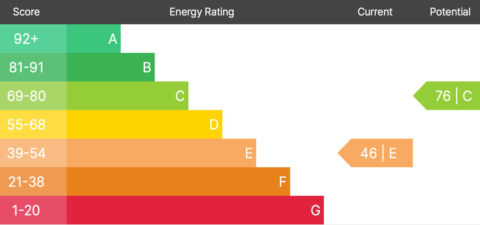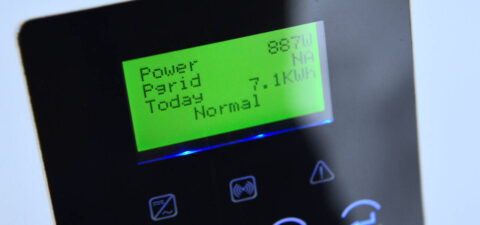We’ve examined the energy efficiency of cars between 2000 and 2013 (manufacturers with 500 or more UK model variants) and found that the top ten most improved brands are…
Average life expectancy of appliances / life cycle and lifetime running cost of Washing Machines, Fridges and Freezers
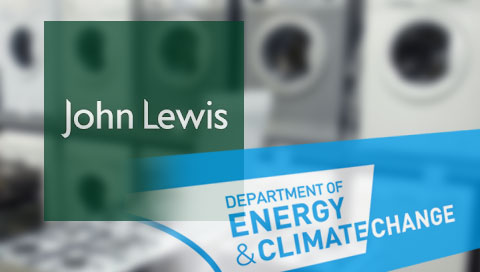
John Lewis and DECC pilot lifetime running cost energy labels as research suggests that consumers find energy labels confusing! You’re not kidding! We sometimes struggle to explain some of vagaries of the current energy labeling system. What Sust-it does understand is consumers make purchasing decisions based on pounds and pence not watts and kilowatts or A++++++ to G – that’s why we started Sust-it!
So it’s good news that DECC have teamed up with John Lewis to pilot energy labels that show the lifetime cost of appliances. Climate Change Secretary Ed Davey launched the pilot this autumn, saying he was hoping that it would give evidence led research that clearer energy labels will influence consumer behavior and we’re sure it will! The irony of this of this pilot scheme (19 of its stores over six months) is that we contacted John Lewis back in 2007, offering them the facility to show their customers the running costs of appliances and electricals – unfortunately they declined the opportunity to take the lead.
Now the bad news… from retailers, manufactures, and DECC’s perceptive is showing lifetime running costs of appliances a good thing? Or could it be a real double-edged sword in energy reduction terms? Why? Most savvy consumer will start adding together ‘cost of purchase’ and the ‘lifetime running costs’ (total cost of ownership) which often highlights the cheapest and dare I say least efficient products as being the cheapest throughout their life expectancy! And if you’re a retailer who markets their own labeled appliances you could find it difficult to sell in a Fridge Freezer that costs £86.42 to a year to run – lifetime cost: £1339.51 or ‘total cost of ownership’ of a staggering £5338.50!
Our view is that if you’re looking at a cheaper product are you total convinced it will last and be reliable? If not the ‘total cost of ownership’ is meaningless if you have to replace the appliances two or three times compared to a more expensive better-made machine. Long Manufacturers warranties are often a good indication of the quality of products, our advice is to buy the best you can afford, as the saying goes “you get what you pay for!”
Electric car emits more CO2 than diesel, but cost less than a third to run!
Buying an electric car could be seen as ultimate green statement, especially when the showroom is filled with zero emissions brochures extolling the eco credentials of these cars. Okay, there are no tail pipe emissions as you travel, which is a great thing if you live and travel in an urban environment, however, the green credentials – in terms of CO2 emissions – become a little hazy when you factor in the CO2 generated in electricity generation.
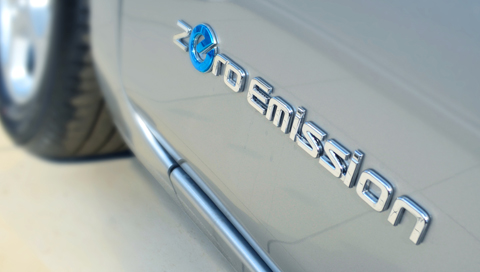
We’ve recently added electric car running cost to the Sust-it site, our calculations include CO2 generated from electricity generation. This has certainly thrown-up some interesting emission figures for an electric cars, charged by standard mains electricity. For instance, the Nissan Leaf the first mass-produced electric car emits more CO2, than the most efficient diesels available today, according to Vehicle Certification Agency energy label testing data.
If you are considering purchasing an electric car on eco grounds, it’s worth remembering that you will need to buy or generate your electricity from renewable sources for the CO2 emissions to be substantially lower than the most efficient diesels!
Porsche Panamera S E-Hybrid Reviewed by Sust-it

Buying a Porsche isn’t typically a consideration for an environmentally aware consumer. But in a bid to up its green credentials and appeal to more business buyers, the luxury marque has introduced a new and improved Panamera plug-in hybrid, emitting only 71g/km CO2 and offering fuel economy of 91mpg.
Porsche introduced its first hybrid of the model, two years ago, which emitted 159g/km CO2, which meant it fell beneath the Capital Allowance threshold at the time for companies.
Now, at 71g/km CO2, (158g/km CO2 if you include electricity emissions) it drops well below the latest threshold of 110g/km and also offers Benefit-in-Kind taxation of just 5%. It’s also exempt from the London Congestion Charge.
Of course, the pay-off for this kind of economy packaged in a performance Porsche is the starting price – a mere £88,967.
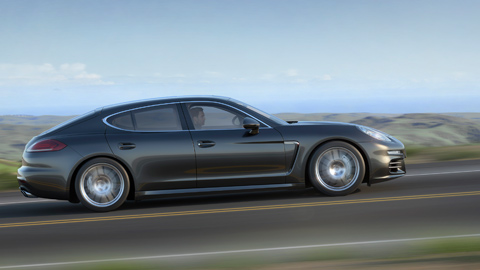
Powered by a 3.0-litre V6 supercharged petrol engine, along with a 70kW synchronous electric motor which together offer 416hp, with an eight-speed auto gearbox, the Panamera S E-Hybrid achieves 0-62mph in a swift 5.5 seconds, and has a top speed of 186mph.
In electric mode alone, the range will be somewhere between 11 and 22 miles, with a top speed of 84mph, while charging on a traditional household electric supply takes three to four hours.
There’s four driving modes – standard, E-Power that enables largely all-electric driving, E-Charge which charges the battery during the drive and Sport which offers a Porsche-like performance with sporty direct handling.
On the road, the car is a pleasure to drive – and although its handling isn’t as good as the standard Panameras due to the extra weight – it’s still a Porsche through and through.
In a consumption test by motoring journalists, two very conscientious (and competitive) drivers managed 0.1 litres per 100km, but the more commonly achieved figure was 3.1l/100km, and even this was with careful driving. Running costs for 12,000 miles including electricity, should be £1284 based on VCA data.
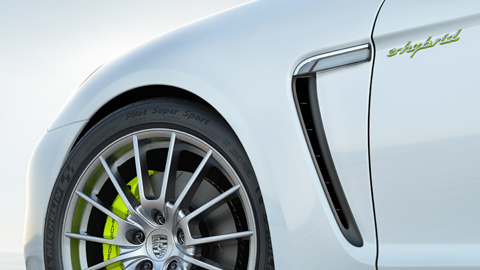
Porsche are hazy on battery life, insisting that it depends on so many different factors, but are confident that the unit will easily have at least 80% capacity for the “life of the car”, considered to be ten years or 100,000 miles. The battery warranty is six years, while Porsche said that the recyclability of the unit at end-of-life matched high standards agreed with the supplier, but could give no more information.
As a pricey Porsche, specification levels are high and include leather seats, steering wheel controls, front and rear parking sensors, satnav and digital radio.
It’s unrealistic to suggest this new offering will make massive in-roads in the green-agenda sector. However, the impressive new figures means some eco-entrepreneurs with cash to burn and a covert petrolhead mentality will be happy to snap up this exciting new luxury model.
Reviewed by Rachel Burgess
Beat the Green Deal fear – you can take your appliances with you
Radio 4’s You and Yours has revealed (June 2013) that fewer than 200 people have signed up for the Green Deal finance so far, even though almost 19,000 homes have been assessed. The major stumbling block to take-up seems to be fear that the Green Deal financing – which is attached to the property and paid for through electricity bills – will affect the ability to sell their houses in future.
Unfortunately, appliances are not included in the Green Deal as they can be removed from the property, even though they could meet the so-called ‘Gold Rules’ e.g. you should not have to pay back any more than the savings you’ll make on your energy bill as a result of the energy saving home improvements installed. Replacing an old inefficient fridge, freezer or washing machine, would be a good move and far less hassle than the signing up to the Green Deal. If your fridge/freezer is more than 15 years old it could be consuming twice as much electricity than an average modern equivalent. Please check out the savings on sust-it’s old appliance calculator.





